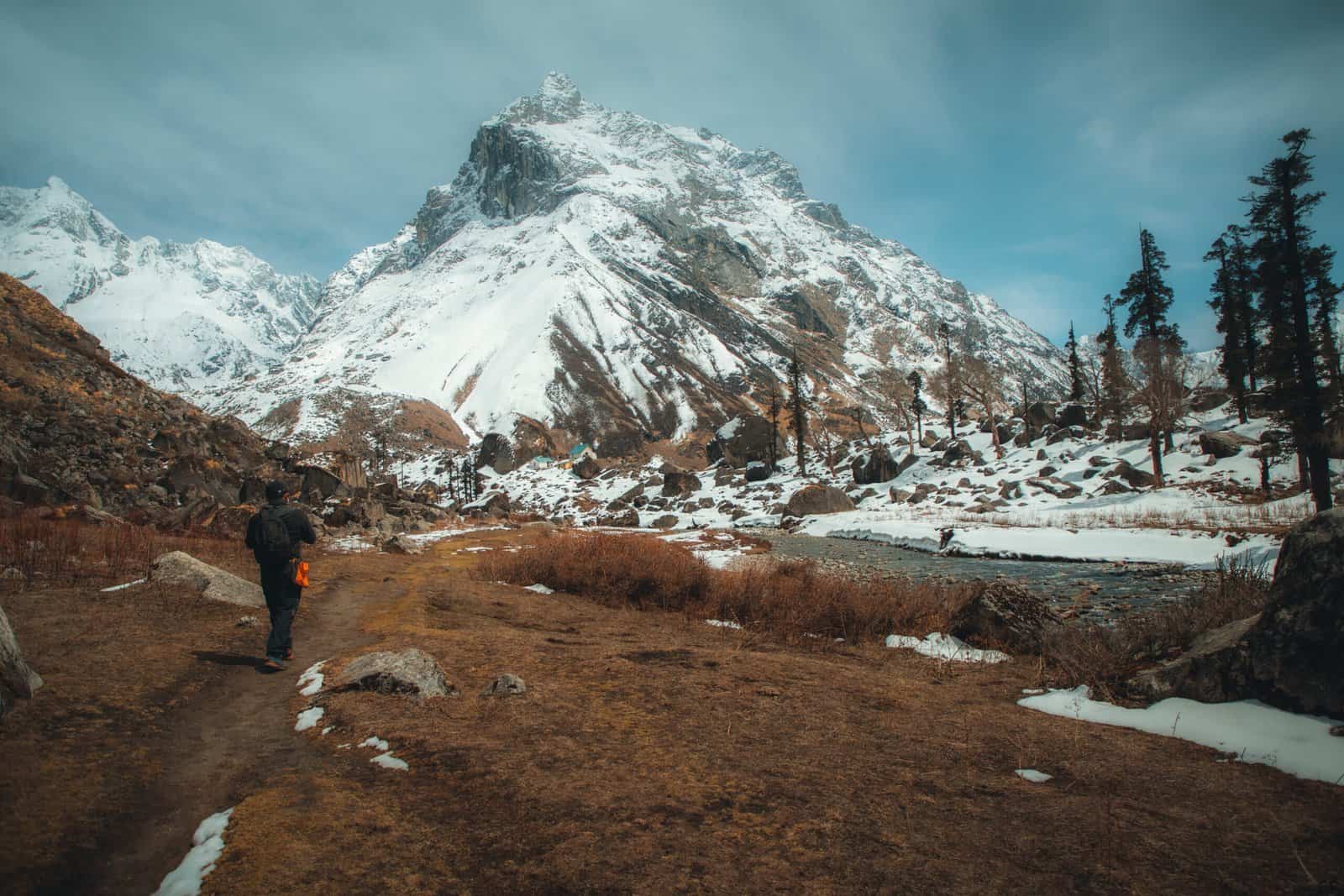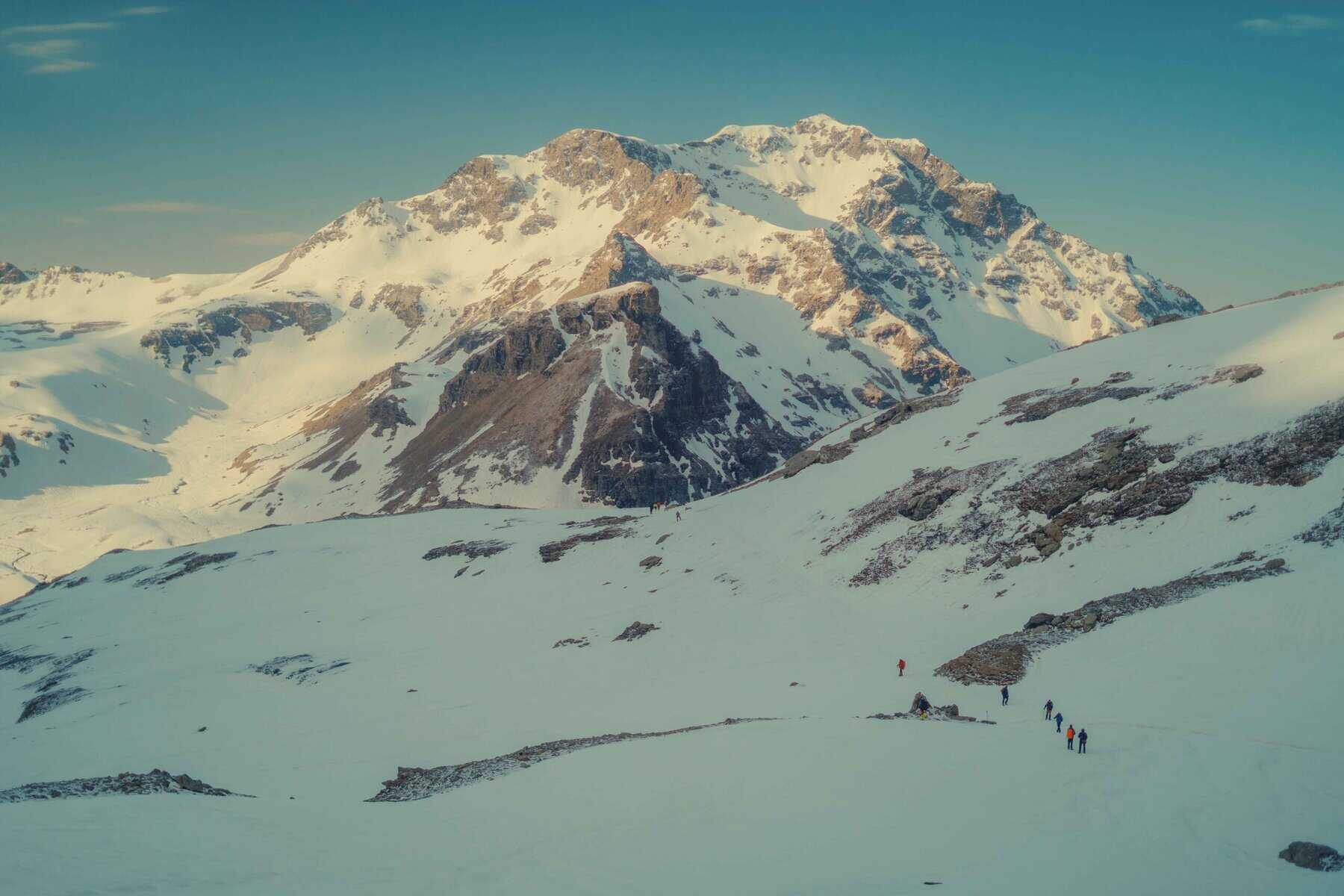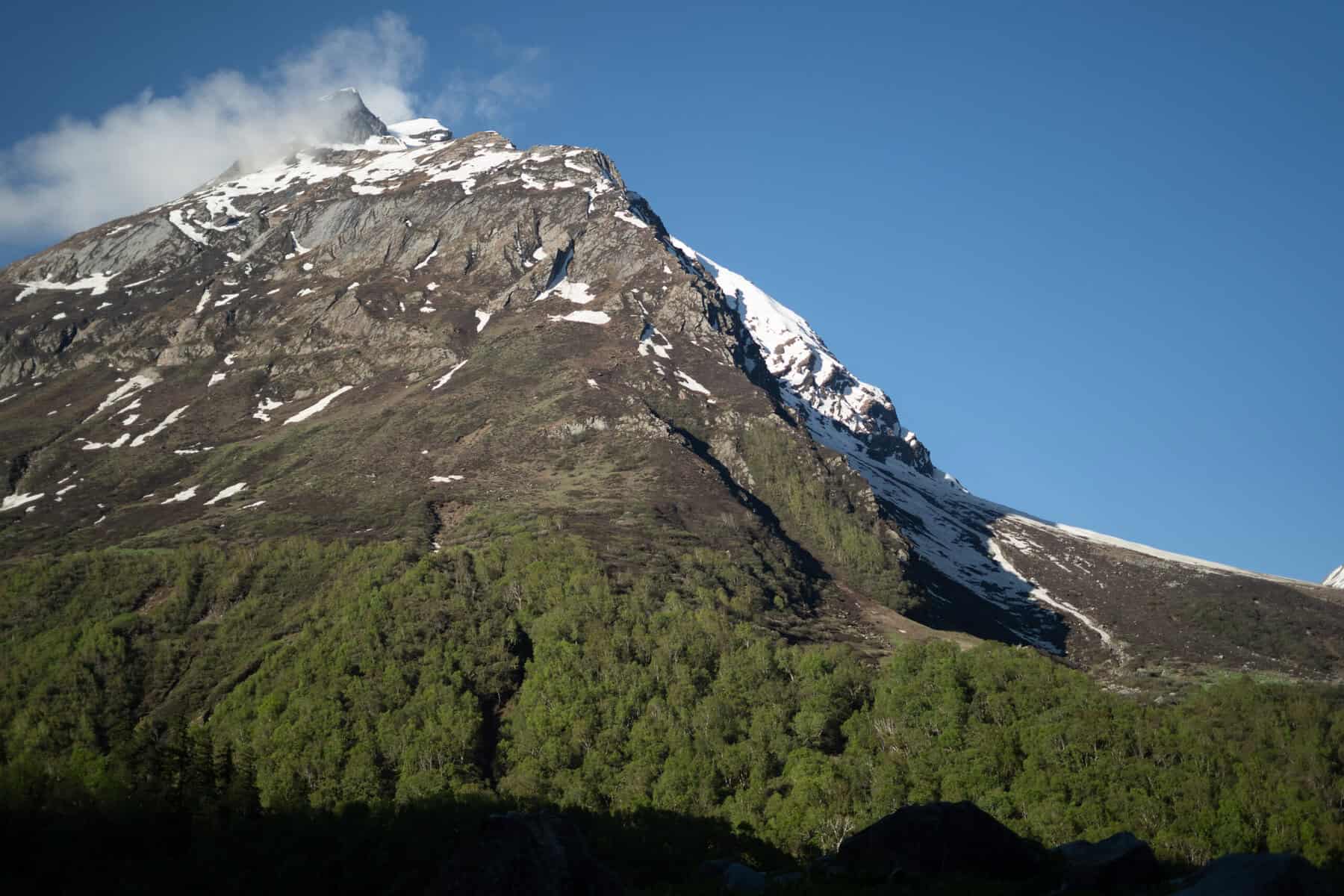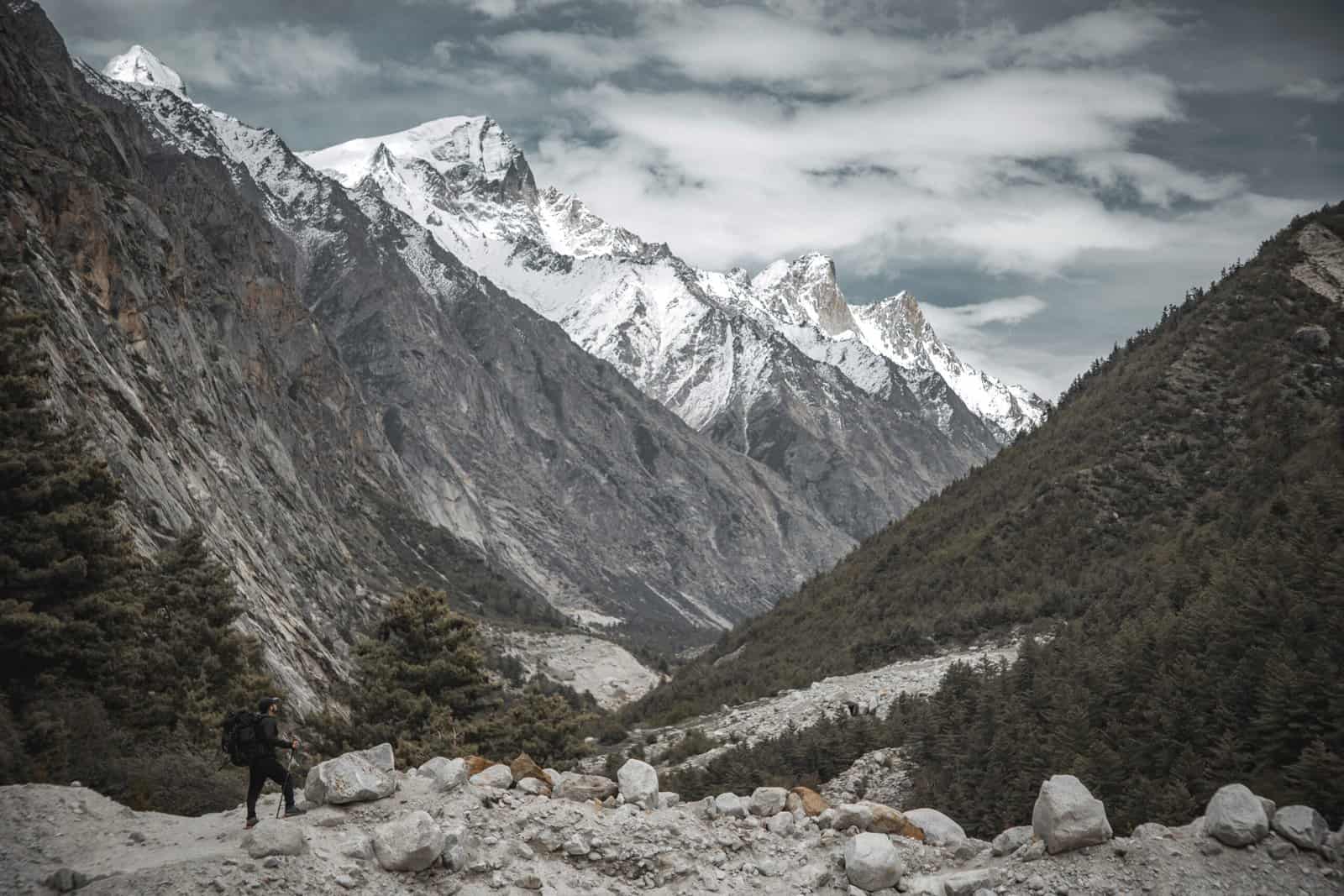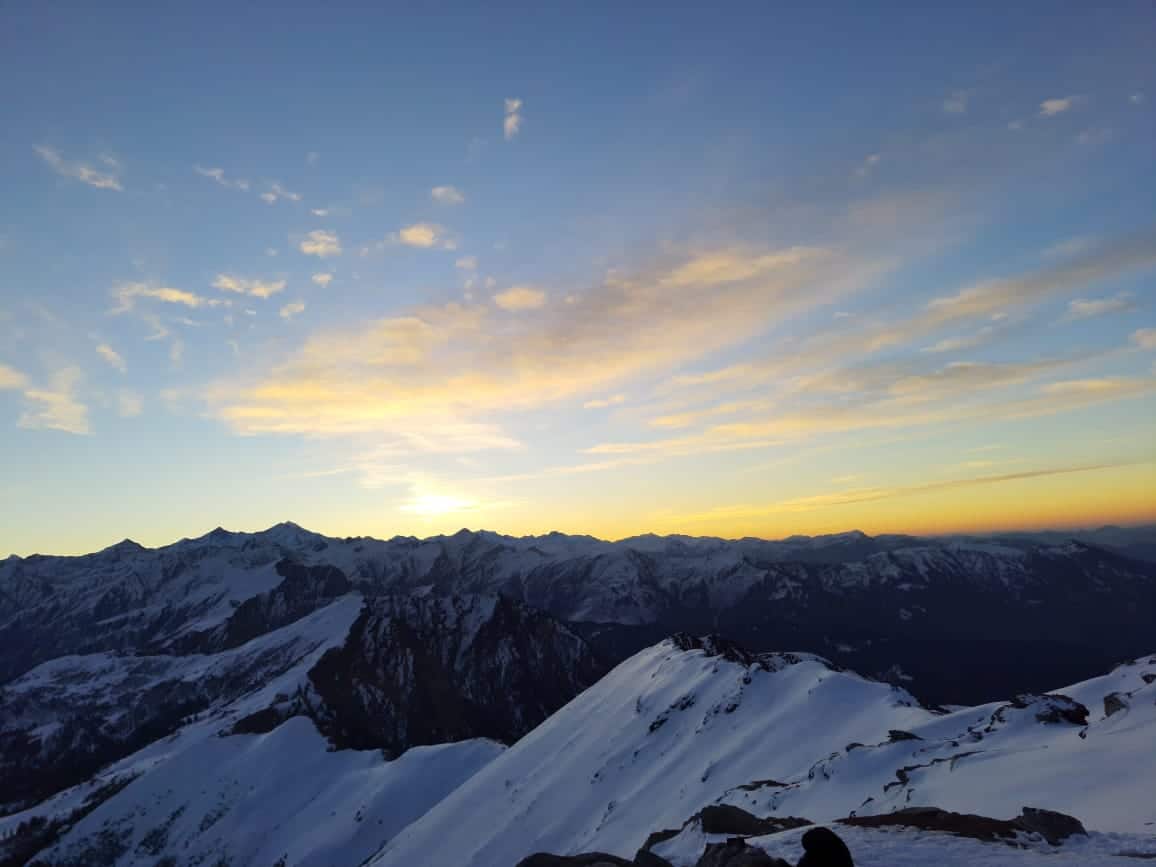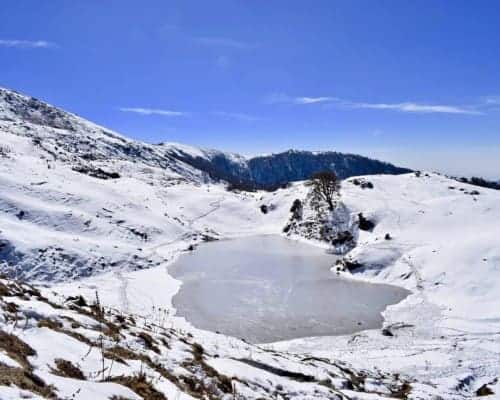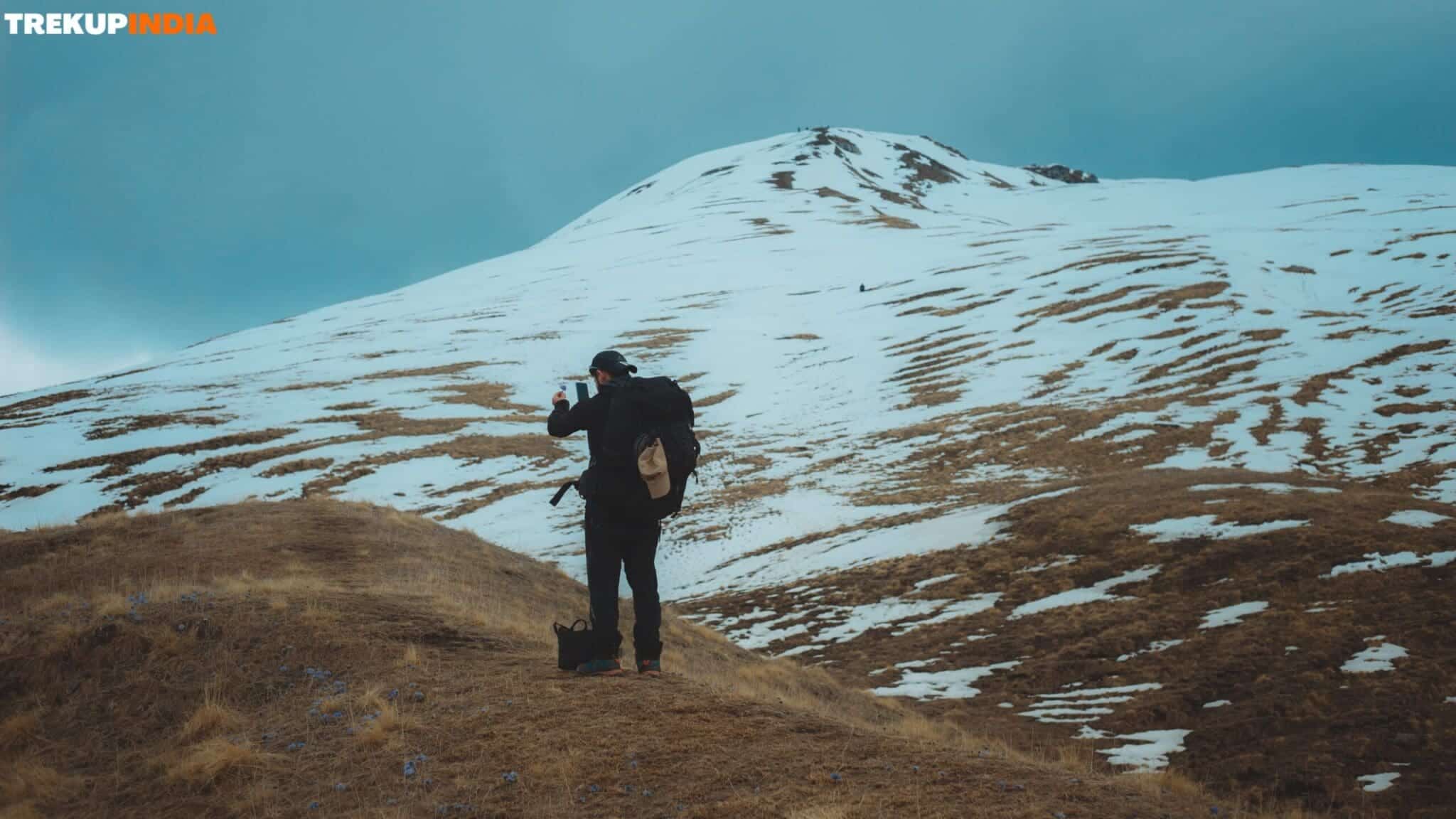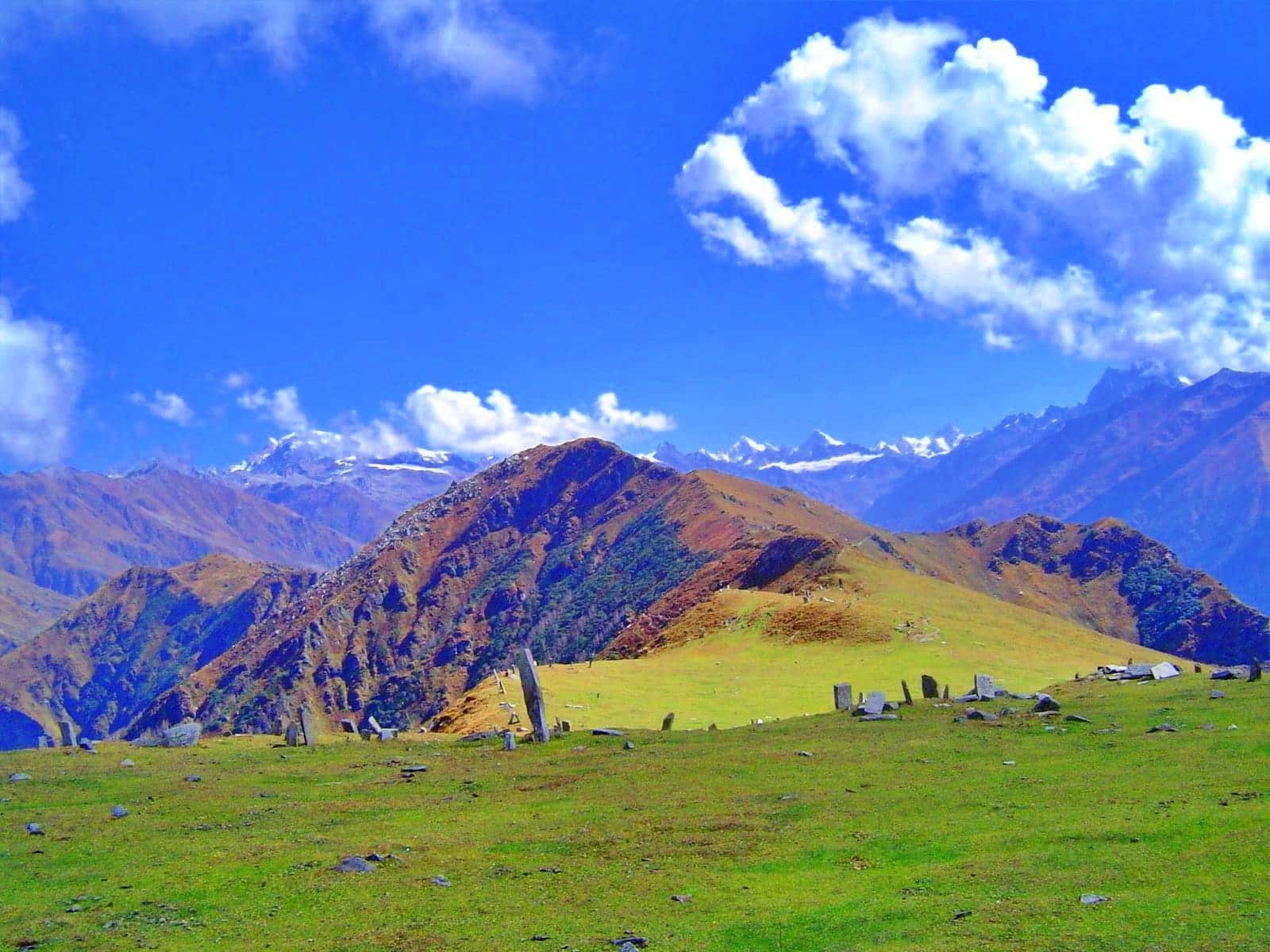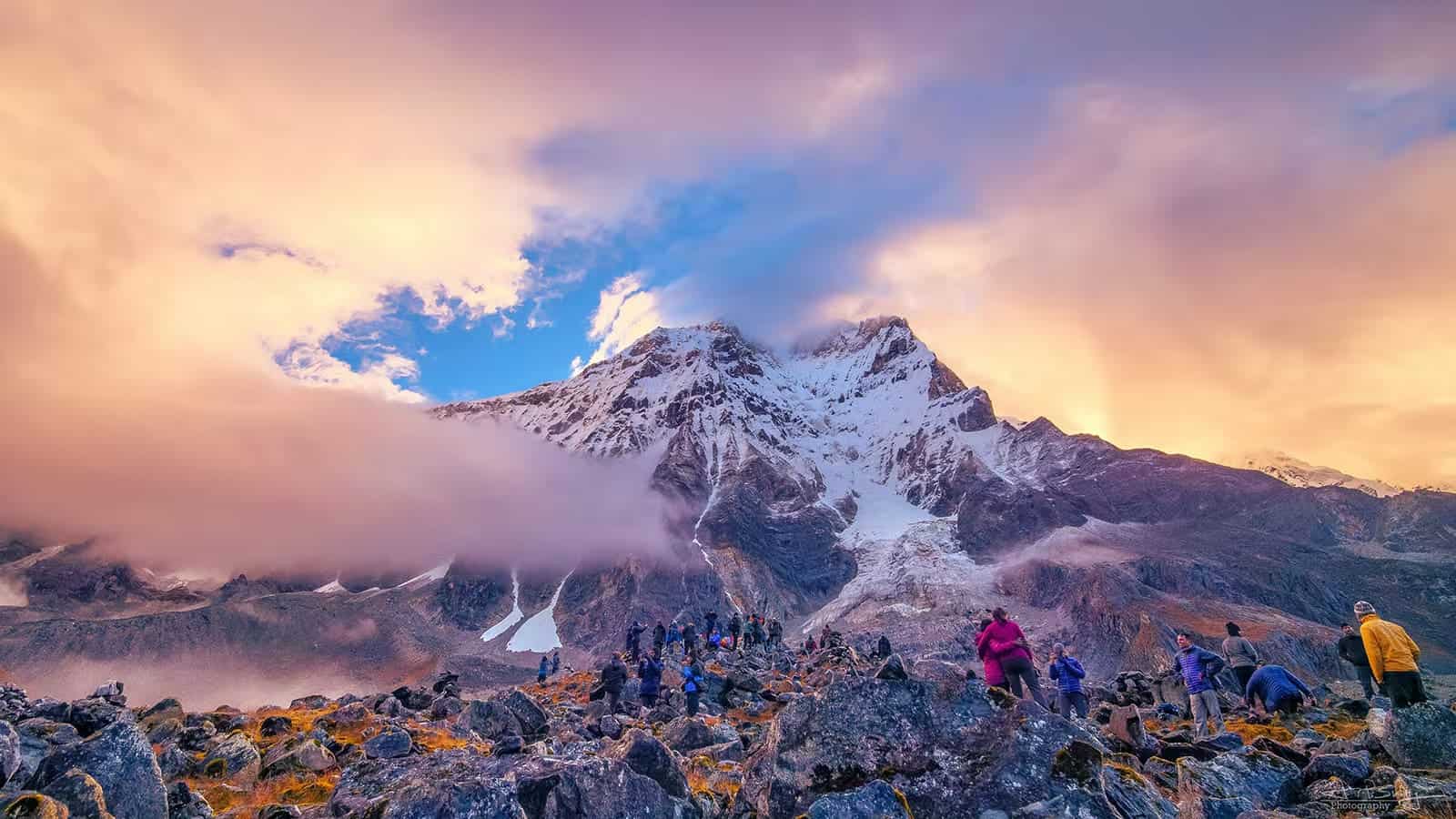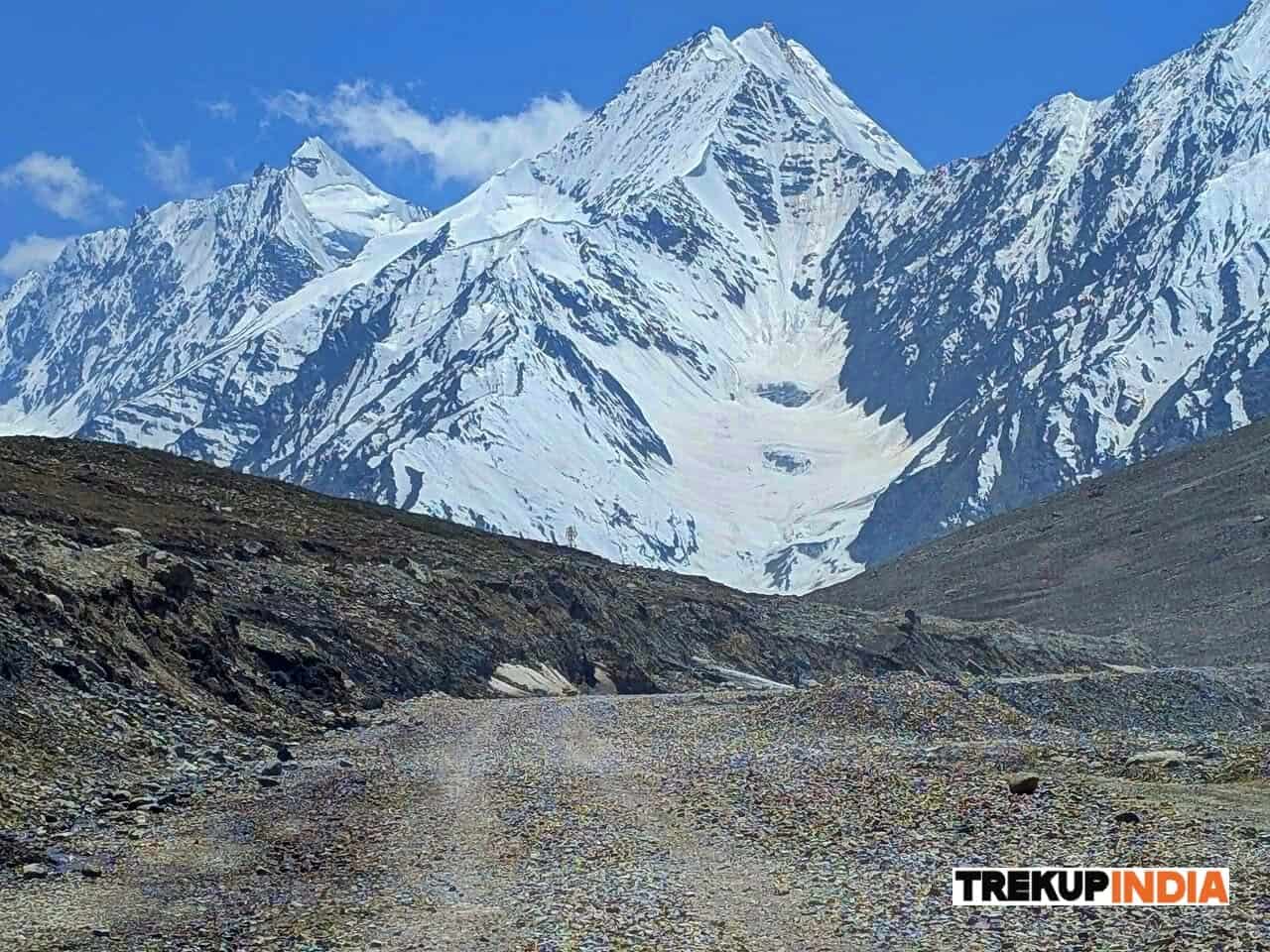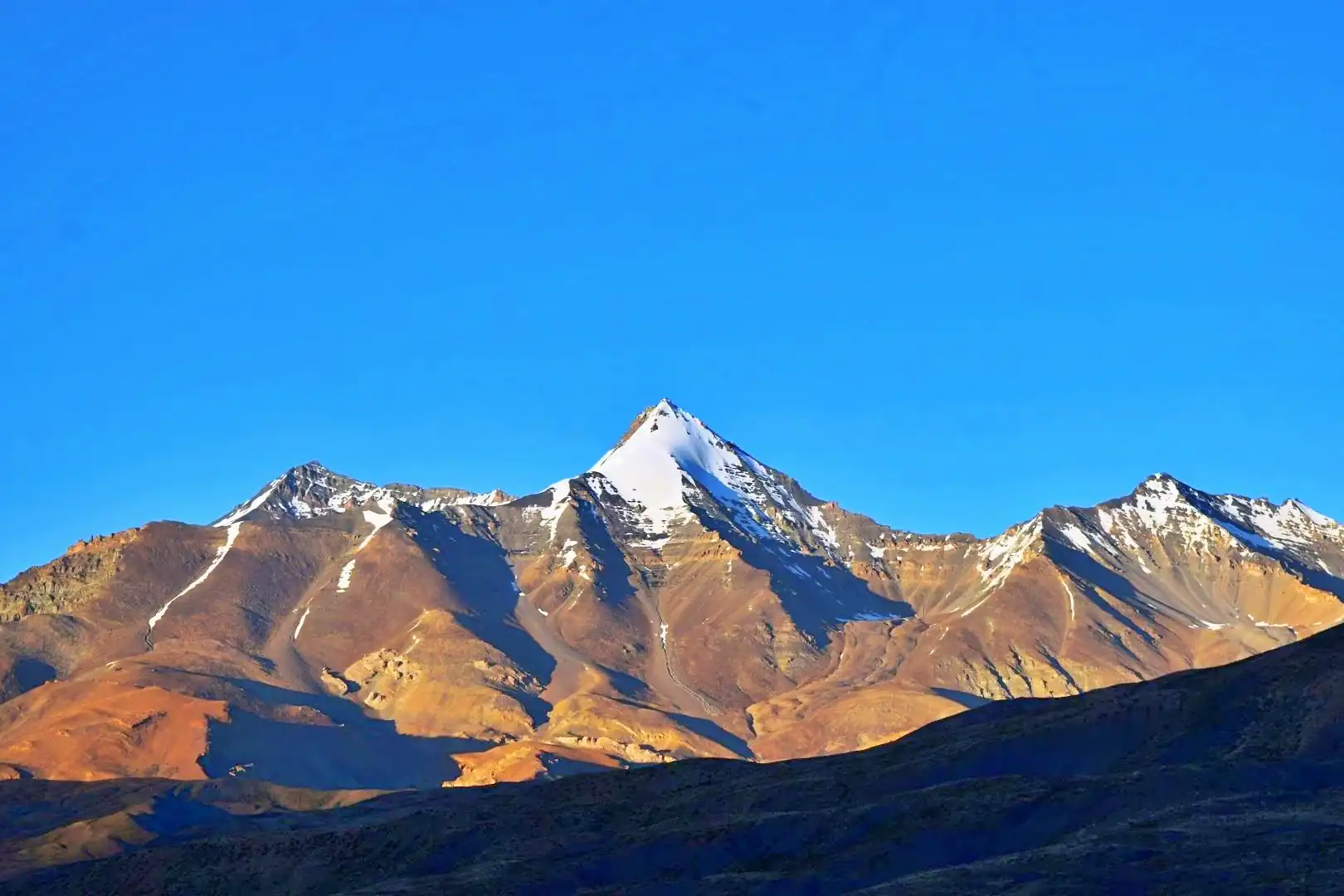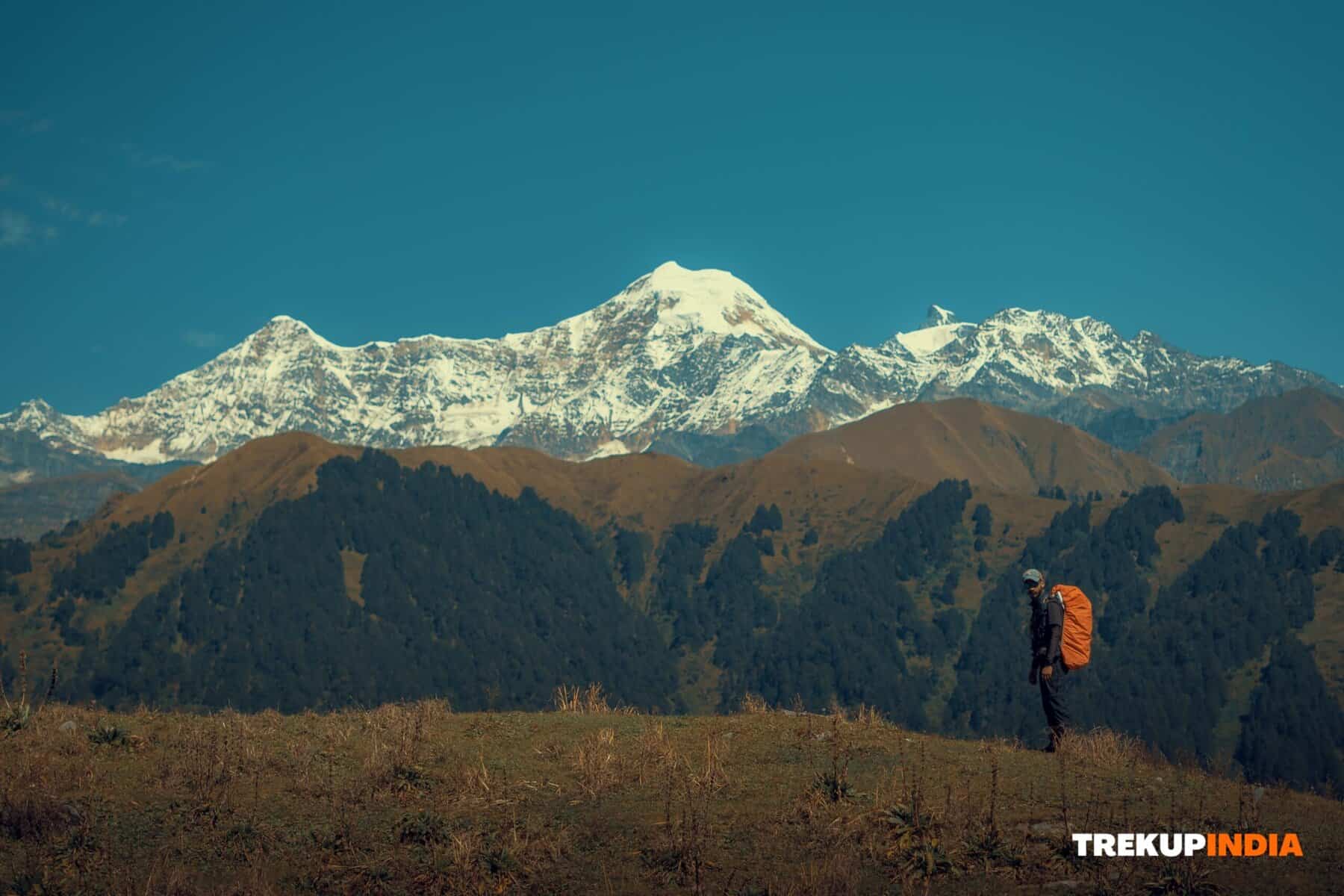Parvathamalai Trek
Parvathamalai Trek
The Parvathamalai Trek, situated close to Thenmathimangalam village and 30 km from Tiruvannamalai district in Tamilnadu, is a highly esteemed and thrilling hiking route in southern India. It is a trail in the Eastern Ghats that lies within the Parvathamalai reserved forest in the Kanchi section of the Pudupalayam range. The hike is renowned for its rugged and demanding terrain that exhilarates hikers. Along the way, trekkers can also enjoy the breathtaking and peaceful vistas of the Eastern Ghats. This trek is also favoured by devotees who undertake the arduous journey to seek blessings at a Shiva temple that has existed for over 2000 years in various forms.
The area is steeped in historical significance, dating back to the Sangam era. The ancient Tamil literary work Pattupattu (Ten Idylls) describes the Jawadhu hill range as an extension of the eastern ghats, encompassing modern-day Tiruvannamalai and Vellore districts of Tamil Nadu. The region is called Palkunrakkuttam, meaning ‘the land surrounded by hillocks’. According to legend, the hill is believed to be a fragment of the Sanjeevani Mountain, carried by Lord Hanuman to revive Lord Laxman. Consequently, esteemed saints constructed a temple atop the hill for meditation and spiritual practice. The mountain is also home to unique and potent herbs exclusive to this region.
King Nannan reigned over Palkunrakkuttam and regularly went to the temple to offer prayers to Lord Shiva and the goddess. The Parvathamalai Trek is considered moderate difficulty and involves ascending a vertical mountain over 4500 feet tall. To reach the summit, you must navigate rocky terrain and conquer steep sections. Fit beginners can undertake this trek, but even experienced trekkers will be challenged and their endurance tested.
Best Time to do Parvathamalai Trek
September to February is the optimal time to undertake the Parvathamalai Trek. The trail becomes slick and more challenging during the monsoon season, making it harder to trek. However, if you still wish to proceed with the trek during this time, it is essential to come prepared with appropriate equipment. In the summer, temperatures during the day commonly reach the upper 30s and can even surpass 40°C, increasing the risk of dehydration. Consequently, we advise against trekking to Parvathamalai during the summer season.
Highlights Of Parvathamalai Trek
- The ascent of ‘Kadaparai Pathai’ is renowned as the most challenging segment of the hike. However, it is also the most thrilling part of the journey. You will face scaling a remarkably steep portion of the mountain, utilizing iron rods and chains – an unforgettable experience.
- Reaching more than 4,500 feet, the trail leading to the summit presents numerous chances to appreciate the sweeping vistas of the Tiruvannamalai and Jawadhu hills.
- The Parvathamalai forest is an untouched area of the eastern ghats. Approximately 152 uncommon plant species have been documented in this location. There will be opportunities to observe vibrant blooms throughout the hike. Additionally, you will frequently be surrounded by the pleasant scent of diverse vegetation and medicinal plants.
Parvathamalai Trek Detailed Itinerary
The Parvathamalai hike commences from the quaint and picturesque village of Thenmathimangalam. As you disembark from the bus at the Thenmathimangalam Parvathamalai entry point, you will be greeted by the majestic Parvathamalai right before you. Proceed along the straight road to reach the Shri Pachaiyamman temple. It will take approximately 30 minutes to get to this temple.
This trail offers a glimpse into the traditions and culture of rural Tamilnadu. Along the way to Shri Pachaiyamman temple, you will be greeted by the warm smiles of the locals, scenic views of mango farms, and the refreshing greenery of agricultural fields. The Shri Pachiyamman Temple welcomes you with seven grand and vibrant Muneeswarar statues. You can enter the temple to pray to the Muneeswarar and Pachaiyamman idols. If you are travelling by vehicle, there is a designated Parking Zone near the Shri Pachaiyamman temple where you can park your car.
Beginning at the Shri Pachaiyamman temple, the journey to Veerabhadrar temple takes you through a small forest checkpoint and past the Shri Anjaneya Temple, which marks the entrance. As you proceed, the path begins to rise, enveloped by dense foliage, offering a chance to observe a variety of flora and fauna. Keep an ear out for the calls of diverse bird species and be on the lookout for rare species such as the Orange-breasted Green Pigeon and Bar Headed Goose.
During the monsoon season, a small stream runs along the path, adding to the serene ambience. It takes approximately 25 minutes to reach the Veerabhadrar temple, where complimentary food and refreshments are available. The temple management also provides charging facilities for phone users, making it the last opportunity to do so before venturing further into the wilderness.
As you leave the Veerabhadrar temple behind, a lengthy staircase awaits you, nestled within a dense forest. The ascent is moderately challenging, comprising over 1200 steps that may leave you exhausted and thirsty. Staying hydrated is essential, so take frequent sips of water as you climb.
Once you reach the top of the stairs, a rugged mud trail unfolds, dotted with large rocks. Ensure your footwear is securely fastened to avoid any mishaps. Look for the prominent arrow marks along the path and follow their direction. Midway through the muddy rock trail, you’ll see a small stone-carved Lord Shiva Temple.
Take a moment to rest and rejuvenate at the temple, where you’ll be greeted by a breathtaking view of a cluster of mountains stretching out before you. Enjoy a snack or drink to refresh yourself before continuing your journey deeper into the forest.
As you continue your journey, you’ll pass by ancient trees with twisted branches that create an eerie, otherworldly atmosphere reminiscent of those seen in movies. It takes approximately 1 hour and 10 minutes to reach the Kadaladi-Thenmathimangalam Junction from the Veerabadrar Temple.
We suggest taking a 10-minute break to rehydrate and appreciate the breathtaking views of the mountain range, as the most challenging and exciting part of the trek lies ahead.
The most challenging part of the hike begins with a steep uphill trail made up of uneven rocks. You can use the attached steel bar to assist you in climbing this section. It is recommended to proceed slowly and steadily. Once you conquer this section, you will arrive at one of the main highlights of the hike – the Kadaparai Hill! While this section may be thrilling, don’t forget to take a moment to appreciate the breathtaking view of the Jawadhu Hills on your left.
Now, all that’s left is preparing for the hike’s final and most exhilarating part – the Kadaparai Hill. In Tamil, ‘Kadaparai’ means ‘an iron rod used for digging into stone.’ The Kadaparai Hill has a steep gradient of 60-70 degrees. As its name suggests, the hill is equipped with iron rods drilled into the rocks and iron chains connecting them, providing trekkers with support and assistance to climb this steep section. After an exciting 5-minute ascent, you will reach a flat surface.
As you continue on your journey, you’ll encounter a steep section of iron steps that connects two hills and allows you to traverse the gap between them. If heights make you uneasy, try not to look down and instead focus on the path ahead. Take your time and climb steadily until you reach the top. Next, you’ll need to cross a small iron bridge and ladder. Once you’ve crossed these obstacles, you’ll come across a historic stone mandap believed to have been built during the Chola period. Some believe it was used as a watchtower, while others think it served as a rest stop for menstruating women. Take a moment to rest and prepare for the final leg of your journey, known as the Idukku Paarai. Idukku, meaning ‘Narrow gap’ in Tamil, is a path carved out of rocks with uneven steps. Massive boulders flank the trail; in some places, it’s only wide enough for one person to pass through at a time.
Upon completing the crossing of Idukku Paarai, the Parvathamalai temple awaits, majestically situated atop the hill. To reach the summit, ascend the man-made steps, and in no time, you’ll be greeted by breathtaking panoramas. The stunning vistas of the Eastern Ghats and dense forests extend as far as the eye can see, making the 3-4 hour journey from the Parvathamalai entrance point to the top well worth it.
It will take around 2-3 hours to descend from the peak of Parvathamalai to Thenmathimangalam village. It is essential to know that the second half of the path to the summit is only for ascending, so you will need to find an alternate route to come down from the mountain. A set of steep stairs will guide you to the stone mantap; from there, you can follow another trail to reach the midpoint of the path. From that point onwards, the same route is used for ascending and descending.
How to Reach For Parvathamalai Trek
The journey to Parvathamalai begins in the quaint village of Thenmathimangalam, approximately 35 kilometres from the Tiruvannamalai district.
The buses have a precise stop right at the entrance of Parvathamalai. From there, you have the option to begin your trek, or you can opt to hire an auto-rickshaw to take you to the starting point known as Shri Pachaiyamman Temple.
Dates For Upcoming Treks
Want To Trek Like Pro?
Basically, watch these videos if you want to trek the same way professional trekkers do and make your skills better. These videos contain useful tips and techniques to further improve your trekking skills itself. These videos actually help both new and experienced trekkers improve their trekking skills. These videos definitely provide useful tips that make your trek better. We are seeing that these videos by Trekup India experts will only help you make your trekking skills better.







Know Everything About Acute Mountain Sickness
Acute Mountain Sickness occurs when people trek to high altitudes above 8,000 feet. This condition itself develops further due to reduced oxygen levels at such heights. Basically, as you go higher up, the air pressure and oxygen levels decrease, which causes the same problem. Acute Mountain Sickness surely causes headache, nausea, vomiting, and dizziness in affected persons. Moreover, peoples also experience difficulty in sleeping during this condition. To avoid mountain sickness, you should actually trek up slowly to higher altitudes. To learn further about this condition itself, watch the videos by Trekup India.




